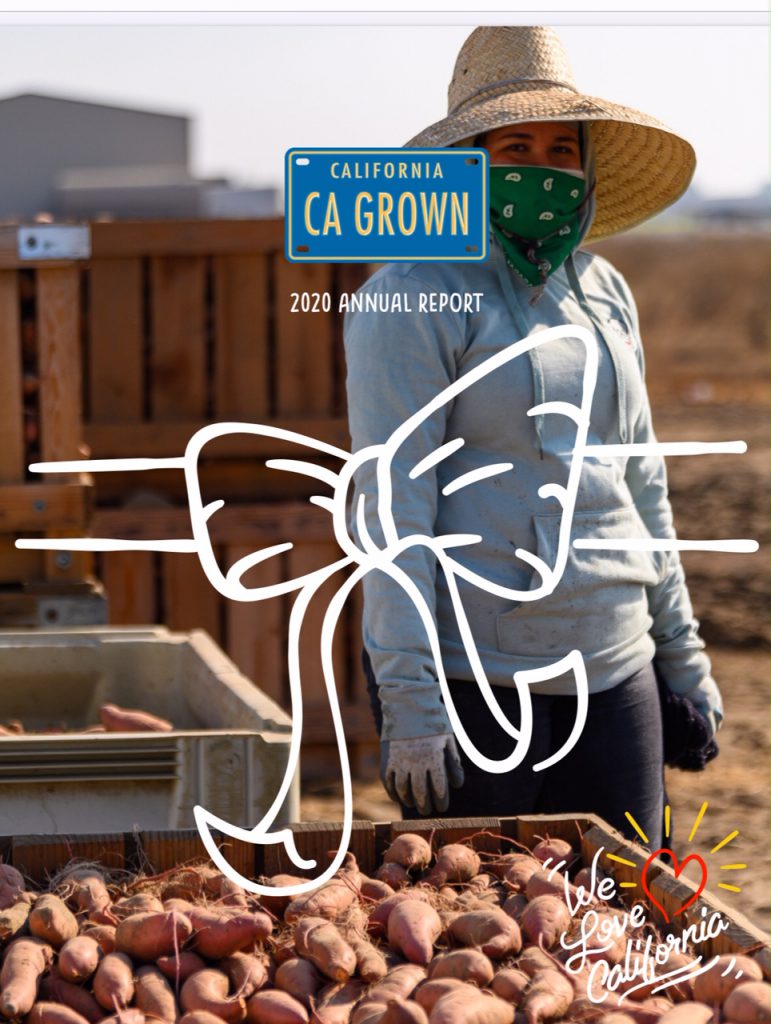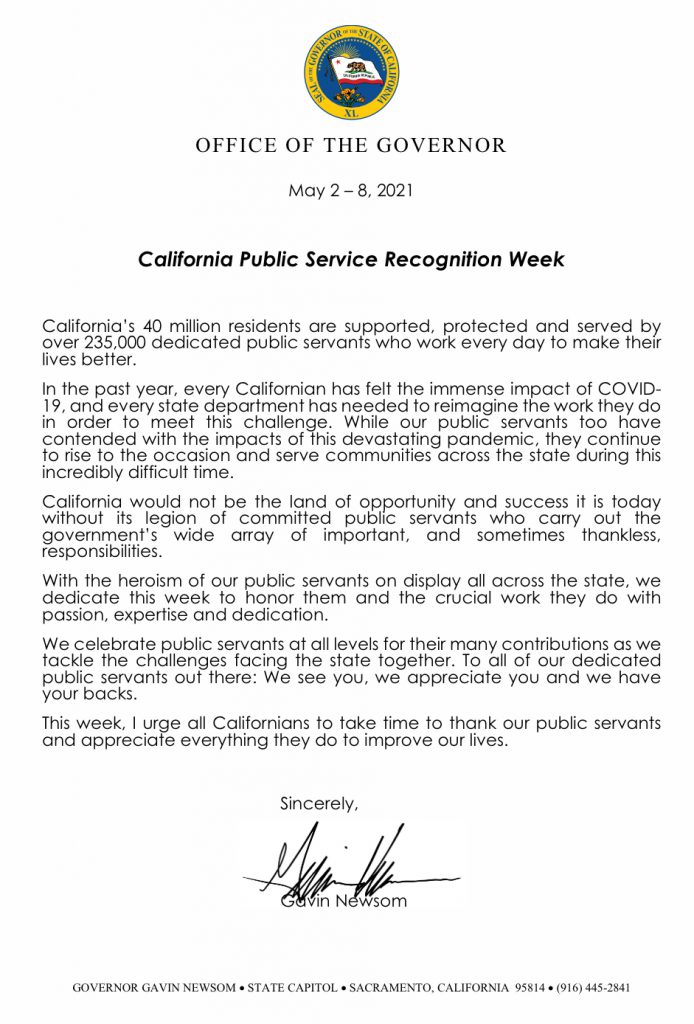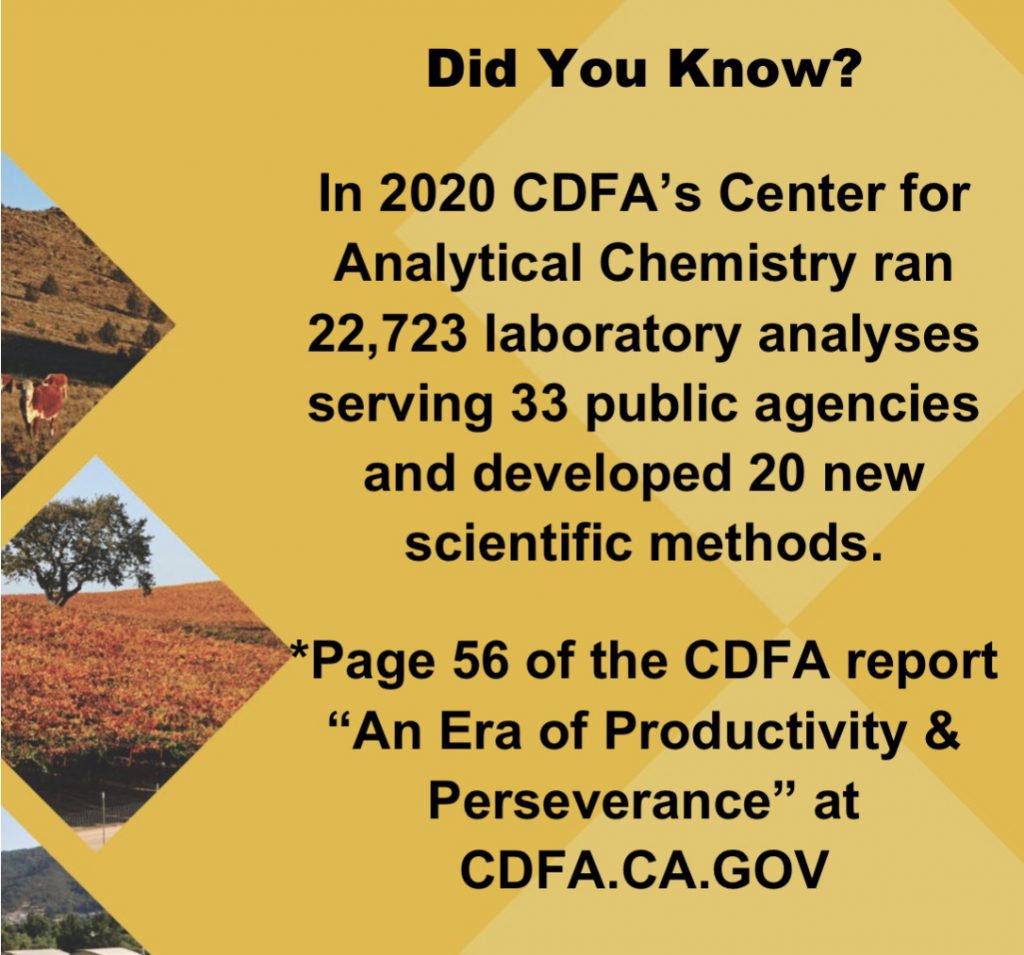By Jay Lund, UC Davis Professor of Civil and Environmental Engineering
California is in the second year of a drought. Governor Newsom (last) week made his first drought declaration.
Just how dry is this drought, so far? What are some likely implications? And what might State and local governments do about it?
How dry is it?
California Data Exchange Center has some excellent collections of water data: https://cdec.water.ca.gov/index.html
Precipitation – Northern California has received about 48% of average historical precipitation for this time of year. This is the 3rd driest water year on record, so far. Only 1924 and 1977 were drier in precipitation over the last 101 years. At this time of year, there will probably be little more precipitation until fall.
Snowpack – Statewide snowpack is about 30% of average for this date. Snowmelt will only help reservoir storage a little this year, but we will be glad to get any of it.
Temperatures – Temperatures have been warmer than historically, and we should watch how they develop over the year. In the 2012-2016 drought, warmer temperatures increased evaporation and dried soils much more quickly, further reducing streamflows, groundwater recharge, and stressing already-dry forests and aquatic ecosystems.
Surface water runoff – With warmer temperatures, this year might develop to rank drier in streamflow than precipitation, but it is too early to tell yet. Historically, precipitation this low would lead to Sacramento Valley annual streamflow of about 5-6 million acre-ft, compared to an average of about 18 million acre-ft., more than 2/3 loss of average surface water available.
Reservoir storage – Statewide, reservoirs are at about 74% of their long-term average. Last year was dry, and this year’s runoff hasn’t helped. The table below shows the major Sacramento Valley reservoirs are all quite low. Shasta, Oroville, Folsom, and New Bullards Bar are all lower today than they were on this date in any year of the 2012-2016 drought. This is especially concerning remembering that in both 2014 and 2015, Shasta ran out of cold water early, killing about 95% winter run juveniles, in 2014 suburban water utilities were quite worried for their Folsom supplies, and in 2015 levels were low enough to build a salinity barrier in the Delta. This drought seems to be off to a faster start than the 2012-2016 drought.
The Colorado River’s huge reservoirs are very low, 56% of average storage (only 41% of capacity). Colorado River drought plans are being triggered.
What are some likely implications?
The drought could end quickly, or it could go on for several more years. We will all hear informed (and uninformed) speculation on this. The informed speculation will be interesting, but perhaps not useful (such as the great El Nino distraction of the previous drought).
Cities seem mostly well prepared for this drought with stored surface and groundwater, and water banking and purchase agreements with farmers. They have continued drought preparation and water conservation efforts since the last drought. Conditions for cities might worsen with additional dry years, so more water purchases might be negotiated, given the surplus water conveyance capacities available this year. There will likely to be calls for more water conservation, mostly to help save water for potential additional dry years and to make some water available for other uses. Urban water use is only 20% of all water diversions, so conservation mostly tends to help cities bank water for later, but isn’t bad for others either.
Agriculture is a much greater water user and has less banked water, but still has access to considerable groundwater, which compensated for about 70% of lost irrigation water in the previous drought. Water markets and selective fallowing will further reduce the economic impacts of remaining agricultural shortages, as they did in the previous drought. Some farmers surprised by shortages in the 2012-2016 drought should be better prepared for this one, so far. Droughts these days are tougher on agriculture than cities, given their relative water demands and greater difficulties preparing irrigated agriculture for drought, especially with the growing share of more profitable, but hard-to-fallow, permanent crops. Farm worker unemployment is likely in regions with more fallowing.
Groundwater always becomes a problem during drought, with less surface water inflows and much more pumping, mostly for agriculture. Users of shallower rural wells suffer most directly from this. This drought will make implementing the State’s Sustainable Groundwater Management Act (SGMA) for ending groundwater overdraft much more difficult, but also provide opportunities for local Groundwater Sustainability Agencies and state regulatory agencies (DWR and SWRCB) to provide more forceful and specific guidance and motivations for implementing practical and effective local groundwater management (meaning more pumping cut-backs and less delusional recharge estimates).
Rural drinking water supplies always worsen with drought. This process will continue in every drought until SGMA is well-implemented and better support exists for rural water systems. A few rural water systems have been connected to more secure supplies since the last drought and quite a few deeper wells have been drilled. But we should expect to hear of rural community and household water supplies becoming scarce or dry – hopefully fewer than before.
The Delta is always dicey in drought. Lower freshwater flows greatly reduce water availability for exports and reduce water quality in various ways (not just salinity). These conditions are worse for native species and better for invasive species. It seems hard to predict exactly what will happen in the Delta’s ecosystem with drought, but it is usually not good. Although sometimes less bad than predicted, each drought seems to bring a step decline in native fishes which does not recover after the drought.
With such low reservoir levels, calls to reduce freshwater and environmental outflows from the Delta seem likely (rhetorical outrage machines will run overtime again.) Any reductions in Delta environmental outflows should probably be stored (not exported), to support environmental flows in future drought years if needed. And at the end of the drought, any remaining stored environmental water in reservoirs should be sold if it results in earlier resumption or increases in Delta exports – this has not been the case in previous droughts. Ecosystems should see some benefits from any necessary drought reductions in outflow that benefit other water users (Lund and Moyle 2015).
Ecosystems have the greatest difficulty preparing for drought, so they are the most vulnerable. We are the least organized to prepare ecosystems for drought, manage them in drought, and recover them after drought. In California’s highly variable climate, no wonder our ecosystems are declining.
Forest ecosystems will be stressed by drier and warmer-drier conditions, leading to greater spread of tree diseases and insect infestations. The previous drought killed over 100 million trees in California and increased catastrophic wildfires for several years after the drought, with wildfire damages and loss of life far greater than all traditional drought damages combined.
Native fish populations always seem to decline during drought, and fewer recover after the drought. This drought ratcheting effect on aquatic ecosystems has been part of this ecosystem’s ongoing declines.
Waterbirds need wetlands, which become scarcer during drought. Fortunately, waterbirds need less water than fish, and California’s system of national, state, NGO, and private refuges, duck clubs, and rice farming has become well organized over decades to support the Pacific Flyway. In recent droughts, these groups have collaborated, planned, and managed wetlands for migratory waterbirds quite effectively. They show what can be done when environmental interests are effectively organized and funded.
Should the Governor have already declared a statewide drought?
The Governor declared drought emergency conditions in two counties clearly hard hit by this drought and where an emergency declaration will facilitate tangible and effective state and local actions to reduce drought impacts. The Governor’s statement also moves forward a range of activities that prepare for additional State drought actions regionally and statewide, without yet making a statewide drought emergency declaration.
Droughts are long disasters, and they are mismanaged by both panic and complacency. The current measured incremental approach seems wise. It makes clear that State government is neither complacent nor panicked, and allows limited state agency resources to focus on and emphasize particularly urgent problems early while foreshadowing that other actions are being prepared, and that others should help prepare as well. It allows public and media attention to grow as drought conditions and needs worsen, and allows this attention to adapt as the situation evolves. If drought conditions become truly dire and widespread, draconian changes in public behavior will be needed. And to get such a public response, it will be necessary to maintain (and in these times build) public trust in water management institutions by acting in measured ways.
We all should prepare for a dry time, and for the likelihood of drier times. This could be a long haul, prepare earnestly, and don’t get exhausted too soon. And prepare to make one outcome of this drought be better preparation for the next drought.
Link to post on California Water blog










